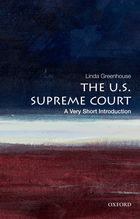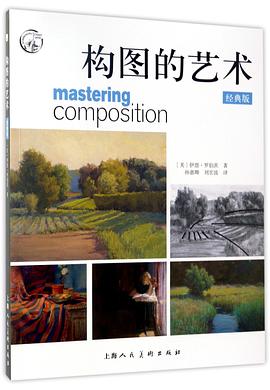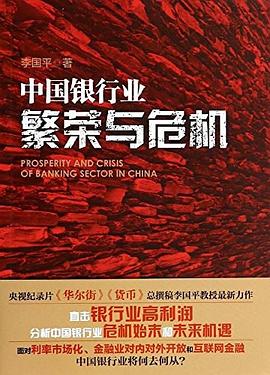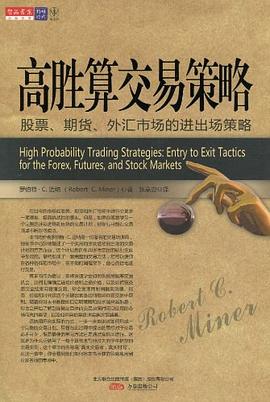The U.S. Supreme Court
内容简介
For 30 years, Pulitzer Prize-winning journalist Linda Greenhouse chronicled the activities of the U.S. Supreme Court and its justices as a correspondent for the New York Times. In this Very Short Introduction, she draws on her deep knowledge of the court's history and of its written and unwritten rules to show readers how the Supreme Court really works. Greenhouse offers a fascinating institutional biography of a place and its people - men and women - who exercise great power but whose names and faces are unrecognized by many Americans and whose work often appears cloaked in mystery. How do cases get to the Supreme Court? How do the justices go about deciding them? What special role does the chief justice play? What do the law clerks do? How does the court relate to the other branches of government? Greenhouse answers these questions by depicting the justices as they confront deep constitutional issues or wrestle with the meaning of confusing federal statutes. Throughout, the author examines many individual Supreme Court cases to illustrate points under discussion, ranging from Marbury v. Madison, the seminal case which established judicial review, to the recent District of Columbia v. Heller (2008), which struck down the District of Columbia's gun-control statute and which was, surprisingly, the first time in its history that the Court issued an authoritative interpretation of the Second Amendment. To add perspective, Greenhouse also compares the Court to foreign courts, revealing interesting differences. For instance, no other country in the world has chosen to bestow life tenure on its judges. A superb overview packed with telling details, this volume offers a matchless introduction to one of the pillars of American government.
......(更多)
作者简介
Linda Greenhouse began covering the Supreme Court for The New York Times in 1978. With the exception of two years during the mid-1980's, during which she covered Congress, she served as the paper's regular Supreme Court correspondent until 2008. Previously, she covered local and state government and politics for the Times in New York, and was chief of the newspaper's legislative bureau in Albany. She has appeared as a Washington Week panelist since 1980.
She is a graduate of Radcliffe College, where she currently serves on the advisory committee to the Schlesinger Library on the History of American Women. She earned a Master of Studies in Law degree from Yale Law School, and has several honorary degrees.
For her coverage of the Court, she was awarded a Pulitzer Prize in Journalism (beat reporting) in 1998. In 2004, she received the Goldsmith Career Award for Excellence in Journalism from the Kennedy School of Government at Harvard and the John Chancellor Award for Excellence in Journalism from the Annenberg School for Communication at the University of Pennsylvania.
......(更多)
目录
Chapter One: Origins
Chapter Two: The Court at Work (1)
Chapter Three: The Justices
Chapter Four: The Chief Justice
Chapter Five: The Court at Work (2)
Chapter Six: The Court and the Other Branches
Chapter Seven: The Court and the Public
Chapter Eight: The Court and the World
References
Further Reading
Appendix 1: Article III, U.S. Constitution
Appendix 2: The Supreme Court's Rules (excerpts)
Appendix 3: Chart of the Justices
Index
......(更多)
读书文摘
《最高法院诉讼规则》第十条提醒复审申请方,“根据调卷复审令状启动的复审并非基于权利,而是基于司法裁量权”,而且申请只有“具备确有必要的事由才会被批准”。规则随后列举了“最高法院考虑的事由类型”。所列事由主要是联邦下级法院之间或州法院之间在“重要联邦问题”上存在的分歧。
在当前美国的司法意识形态背景下,无论自由派大法官还是保守派大法官,都不愿意被别人指称为“司法能动主义者”。参见【美】克里斯弗·沃尔夫:《司法能动主义:自由的保障还是安全的威胁?》
......(更多)






